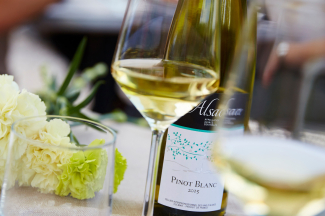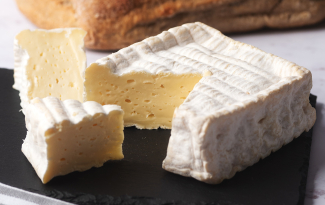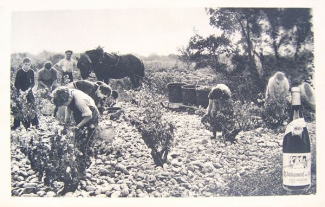Protected Designation of Origin / Controlled Designation of Origin (PDO / AOC)
In this section you'll find all the information you need to find out more about the Protected Designation of Origin (PDO) and its national equivalent, the Appellation d'Origine Contrôlée (AOC), as well as legal and technical tools and benchmarks for professionals.
What is PDO? The PDO for professionals News and latest recognitions
What is a Protected Designation of Origin (PDO)?
The Protected Designation of Origin refers to a product for which all stages are carried out according to a recognized know-how in a same geographical area, which gives the products its characteristics
This is a European sign that protects the product name throughout the European Union.
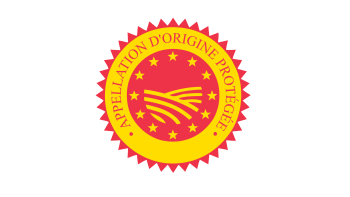
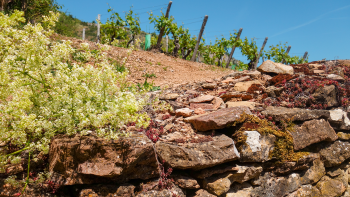
The notion of "terroir", the basis of the protected designation of origin.
Terroir is one of the historical foundations of PDOs. A terroir is a delimited geographical area in which a human community has built up, over the course of its history, a collective knowledge of production, based on a system of interactions between a physical and biological environment, and a set of human factors. The socio-technical itineraries thus brought into play reveal an originality, confer a typicity and lead to a reputation, for a good originating from this geographical area.
(Source : INRAe - INAO)
What's the difference between PDO and AOC?
European registration of a PDO guarantees protection of the product name within the EU, reassuring consumers of its authenticity and quality. The Controlled Designation of Origin (AOC) is a compulsory national recognition stage before a name is registered as a PDO and protected as such at European level.
The AOC also enables products in areas not covered by European regulations, such as wood, to be protected on French territory. Only wine products retain the right to bear the AOC label if they so wish.
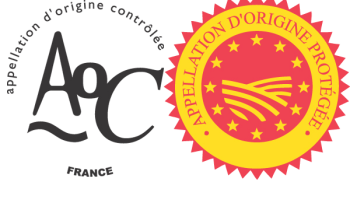
PDO commitments
- The raw materials and processes must come from a delimited terroir.
- Producers must follow precise requirements, specified in the specifications document defined by theprofessionals and homologated by the European Union.
- Products are subject to rigorous controls carried out by state-certified bodies.
Find out more about the PDO
On these various pages you'll find all the information you need to better understand PDO and AOC, their products and their history.
The PDO for professionals
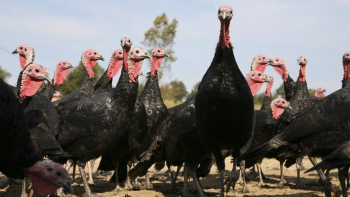
Entering the PDO process
Whether producer or processor, operators can produce an existing PDO, or initiate a process to have a new product recognized. INAO accompanies producer groups and examines applications.
Produce under the official sign of identification of quality and origin
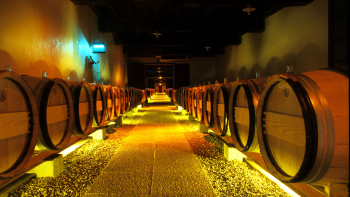
PDO product specifications
The rules for developing a PDO are set out in specifications defined by the industry and approved by the European Union. They are subject to control procedures, implemented by an independent organization approved by the INAO.
Regulatory framework, bodies and monitoring procedures
AOC and PDO are regulated by the Code Rural et de la Pêche Maritime (articles L.641-5 to L641-10). PDO depends on European regulations:
Agri-food PDO
Wine PDO
- Regulation (EU) No 1308/2013 of 17 December 2013 on the common organization of the market in agricultural products (wine products)
- Regulation (EU) No 2024/1143 of 11 April 2024 on geographical indications for wine, spirit drinks and agricultural products, and on traditional specialities guaranteed and optional quality mentions for agricultural products
Composed of professionals, the Comité national des appellations d'origine relatives aux vins et aux boissons alcoolisées, et des boissons spiritueuses and the Comité national des appellations d'origine laitières, agroalimentaires et forestières propose the recognition of a product, examine the content of specifications, compliance with the definition of the sign, the definition of points to be controlled and their evaluation methods. They study and propose any measures likely to promote the improvement of product quality and characteristics.
Monitor procedures (opposition procedures, opinions of authorities...)
Frequently asked questions about regulation 2024/1143
The new regulation (EU) 2024/1143 has modified the European legal framework for geographical indications (PDO, PGI) for alcoholic beverages and agricultural products, as well as traditional specialties guaranteed (TSG). To help professionals and defense and management organizations better grasp these new regulations, INAO offers a FAQ on implementing the new regulatory provisions.
Consult the FAQ on regulation 2024/1143
Using GI products as ingredients: consult the notification model
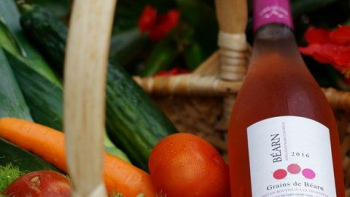
The PDO logo and labeling rules
For PDOs, the logo must be accompanied by the registered name (name of the product under SIQO, according to Regulation (EU) n°2025/26).
Their affixing is mandatory for agri-food products.
Download the logo:
- PDO - Protected Designation of Origin : format .eps (500ko) / format .jpg (42ko)
The AOC logo is protected by the World Intellectual Property Organization as a national emblem.
Download the logo:
- Appellation d'origine contrôlée (AOC): format .eps (517ko) / format .jpg (83ko)
PDO news and latest recognitions
Meeting under the aegis of INAO, the Comité national des appellations d'origine relatives aux vins, boissons alcoolisées...
News
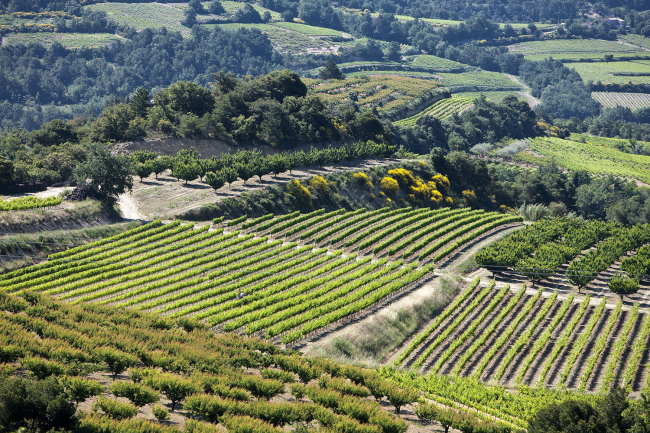
News
The Comité national des appellations d'origine relatives aux vins et aux boissons alcoolisées, et des boissons...
News
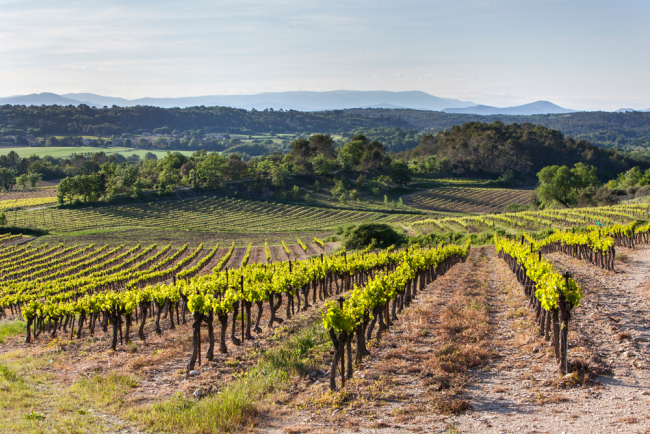
News
In a difficult economic context, and in order to adapt to contemporary challenges, in particular climate change, which...
News
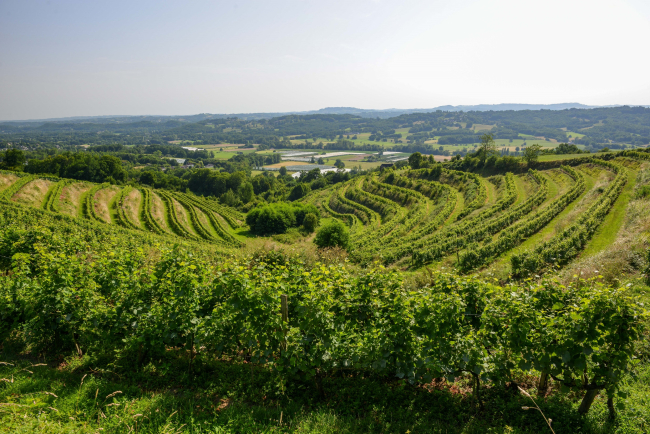
News

